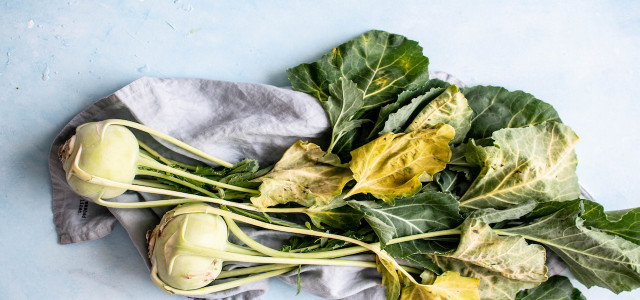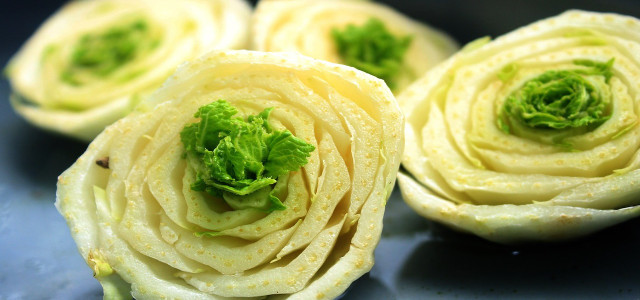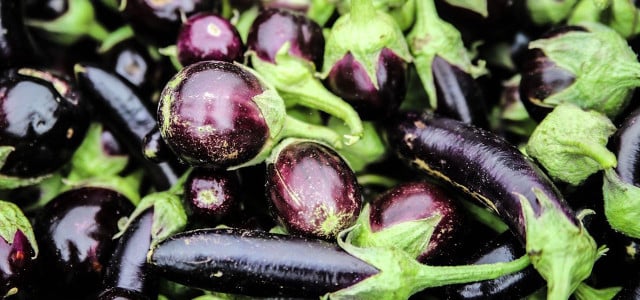Wondering how to grow kohlrabi? This plant happens to be an uncomplicated, tasty, and quick-growing vegetable. We’ll take a look at what you should know when growing kohlrabi.
Kohlrabi (also known as German turnip) is a biennial plant, meaning it takes two years to complete its lifecycle. Many gardeners never actually see the plant get to its second year because the bulbs are harvested in the first.
Depending on the variety and the season, the kohlrabi tuber can be harvested as early as eight to ten weeks after sowing. This makes kohlrabi one of the faster-growing vegetable varieties. In addition, it is very easy to plant and easy to care for. Even beginner gardeners can successfully plant and harvest kohlrabi.
Location and Soil for Growing Kohlrabi
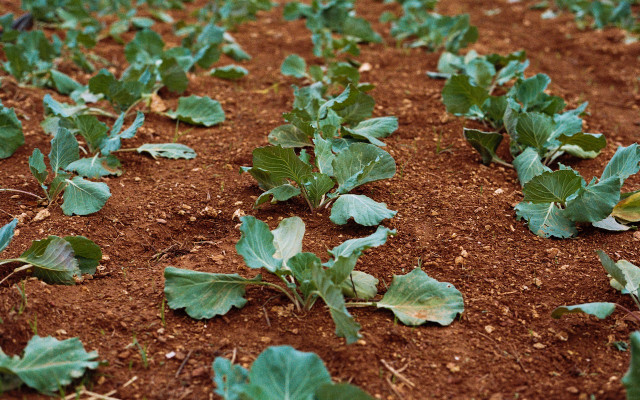
Growing kohlrabi is possible in almost any region if you grow it in the spring or fall, because this vegetable, like many members of the cabbage family, prefers cooler weather. In southern climates, it is also a popular winter crop. Most varieties need approximately eight weeks from sowing to harvesting, so it’s best to start your plants two months before the warmer temperatures arrive.
Kohlrabi thrives in full sun, and rich, well-drained soil. While most plants don’t like compost straightaway, kohlrabi is an exception. Feel free to add leftover potato water, coffee grounds, or other compost to the soil before planting. If you’re growing kohlrabi in a bed with other vegetables, it makes a great companion for beets, celery, herbs, onions, and potatoes. But avoid planting kohlrabi with pole beans, strawberries, tomatoes, or other cabbage types.
How to Grow Kohlrabi: Seed Starters vs. Sowing Seeds
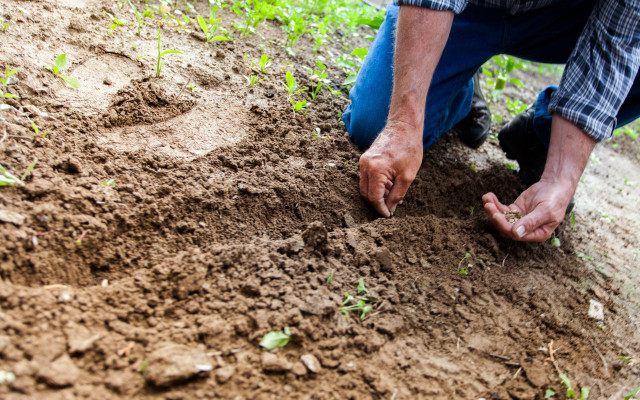


If you are growing kohlrabi in the springtime, you have two options: start the seeds indoors in a seed starter (available on Amazon**) or sow the seeds directly in the garden. Fall crops can be planted in the garden from mid-July.
Seed Starters
Start your seeds indoors to take advantage of your home’s heat. Plant the seeds about six weeks before the last expected frost. You can use the Farmer’s Almanac website to find out when the first and last frost days are for your area. Depending on your location, starting seeds indoors is your best bet to beat the heat for harvesting.
From about mid-April, you can plant your kohlrabi seedlings in the garden, approximately 5 to 8 inches apart is a good amount of space. Don’t plant them too deeply, as this bulb grows on top of the soil, not underneath it!
Sowing Outdoors
Plant the seeds outside once there is no longer a risk for a hard frost. The seeds should be planted about ¼ inch deep. Space the rows 12 to 18 inches apart, thinning the seedlings to 5 to 8 inches apart once they’re large enough to handle. You can also grow kohlrabi in a pot or garden container!
Tip: It’s a good idea to plant successive crops, so your vegetables won’t ripen all at once and can be continually harvested!
Harvesting and Eating Kohlrabi
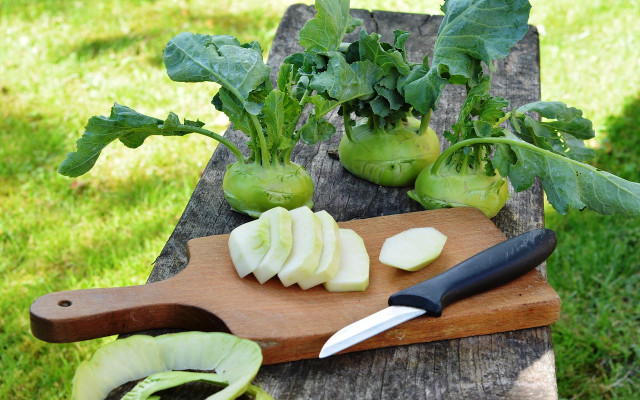


Depending on the variety, growing kohlrabi takes about eight weeks. Once the bulb is about 3 to 4 inches in diameter, it is ready to be harvested. However, there are divided opinions about when the optimal time to harvest is. Some people think the smaller the bulb, the sweeter the taste. Others prefer to let them grow to be as large as possible, especially because kohlrabi plants often produce only a single bulb.
The taste of kohlrabi is something like a cross between a radish and a turnip, making it a very versatile vegetable. Just remember that you should peel it like you would a potato. Here are a few ideas for how you can enjoy kohlrabi:
- Use it raw in coleslaws and salads.
- Purée it into soup: the flavor pairs well with potatoes or broccoli.
- Roast it with eggplant for a tasty side dish.
- Steam the leaves like mustard greens.
- Cut it into sticks and dip it into hummus or other DIY vegan spreads.
This article has been translated from German by Karen Stankiewicz. You can find the original here: Kohlrabi pflanzen: So ziehst du die frühe Kohlsorte
** Links to retailers marked with ** or underlined orange are partially partner links: If you buy here, you actively support Utopia.org, because we will receive a small part of the sales proceeds. More info.Do you like this post?






